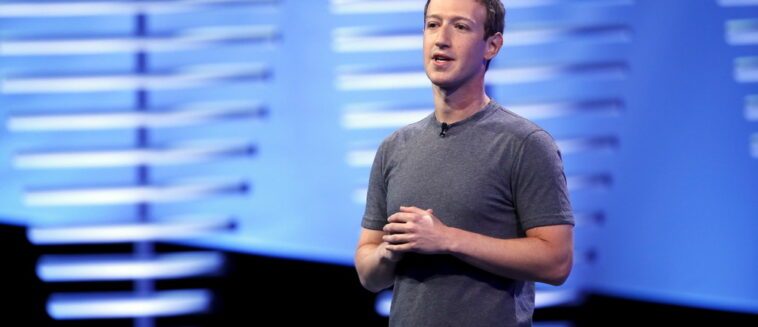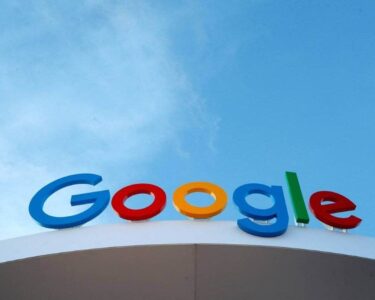Facebook’s Feed, formerly known as the News Feed, is a web feed feature for the social network. The feed is the primary system through which users are exposed to content posted on the network. Feed highlights information that includes profile changes, upcoming events, and birthdays, among other updates. Using a proprietary method, Facebook selects a handful of updates to show users every time they visit their feed, out of an average of 2,000 updates they can potentially receive. Over two billion people use Facebook every month, making the network’s Feed the most viewed and most influential aspect of the news industry. The feature, introduced in 2006, was renamed “Feed” in 2022.
It was the most “inglorious launch moment in history,” says Chris Cox, current chief product officer and one of the early Facebookers who worked on the first iteration of the format. It would also end up changing the way that we use the internet.
Before the News Feed, you wouldn’t see a collection of updates and stories when you logged onto Facebook. You’d only get personal notifications like how many people had ‘Poked’ you and if anyone had written on your Wall.
Every browsing session was like a click-powered treasure hunt: You would search for specific people to look at their profiles and then just wander through the site from there. Most people won’t remember what that was like: At the time of the change, the social network only had 10 million users, compared to its roughly 1.71 billion monthly active users now.
The four main Facebookers who worked on the feature — Cox, Andrew “Boz” Bosworth, Ruchi Sanghvi, and Kang-Xiang — said on a live stream with CEO Mark Zuckerberg today that they expected the update to be wildly popular. They were wildly incorrect. (At least at first.)
Their champagne popping felt premature when unhappy users and reporters swarmed outside the office the next day and Groups protesting the change swelled to millions of users. Ironically, the coordination of the galvanization proved to Facebook execs that the New Feed was actually working. It would have previously been much harder for people to unite with strangers around a cause. Ultimately, users were spending much more time on Facebook and connecting with other people in ways they never could before.
With a ten-year lens on that disastrous launch, it’s clearer than ever how the News Feed changed much more than just Facebook. It was the first real social feed. Today, most social networks use some similar form of a live-updating central hub of content. The concept of a filtered stream of social content feels so basic now, but at the time it looked revolutionary.
It has also given Facebook unprecedented amounts of power over people’s digital lives. The creation of News Feed is what has made Facebook one of the biggest distributors of information in the world. Despite Zuckerberg’s displeasure at having Facebook called a “media company,” it serves news to more US adults than any other social network. That makes its ever-changing algorithm extraordinarily powerful: The average Facebook user has 2,000 different stories that they could potentially see every day, but they’ll only end up seeing about 200 of them.
“We’re constantly trying to get a better understanding of what our community finds valuable and what it doesn’t,” Zuckerberg writes in his own anniversary post.





